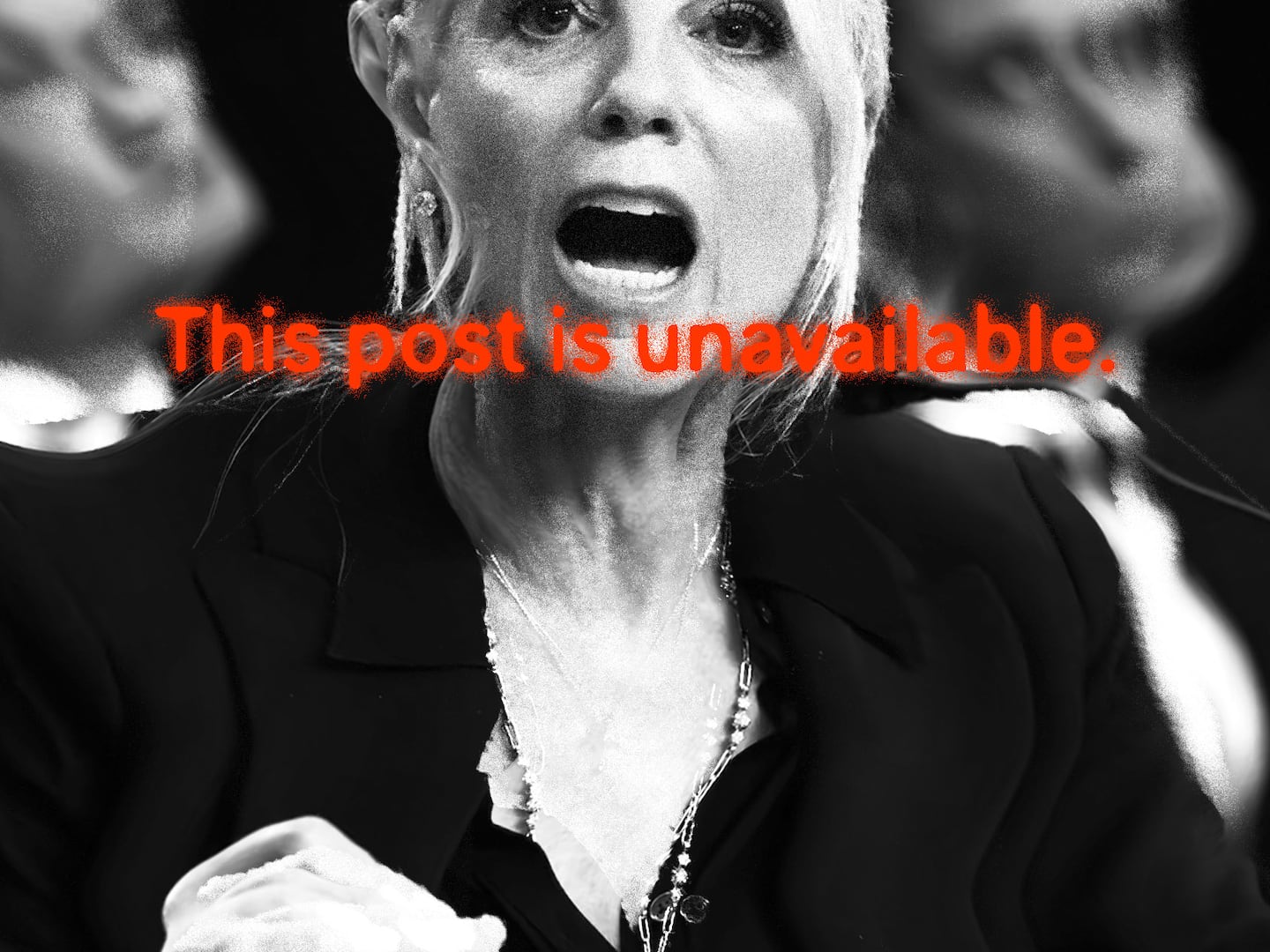
Since the recession hit, many fashion designers and stylists have found themselves reevaluating a life dedicated to clothes and baubles. Some have returned to nature—living in tipis and practicing meditation, and others have turned to second careers in real estate or academia. Renata Espinosa reports on a fashion world in a state of existential crisis, and how some of its members are learning to deal.
In a nondescript section of central Los Angeles, nestled between downtown and Koreatown, sits an industrial building filled with live-work lofts, stealthily floating between the odd auto-body shop like a vessel locked in a sea of concrete. It is about as far away as you can get from the bustle of Seventh Avenue (aka Fashion Avenue) in New York, with its row upon row of businesses serving the garment district and its design studios and showrooms. And forget about anything resembling the splendor of Avenue Montaigne in Paris, the hub of luxury powerhouse LVMH. It is not, in other words, a place where one would think fashion could or should live.
“We still need clothes, we still need fashion, but we just need something else to balance. There’s more than just clothes.”
Inside this building, past a lobby with a token houseplant and rows of new-ish mailboxes, is the atelier of Michel Berandi, a designer who makes delicate knit dresses that look like spider webs; buttery, carefully distressed leather jackets that would suit Rimbaud if he had been a biker and long black coats with complicated patterns—the lapel of one features layered fins of fabric that curve around the neck in a continuous line that encircles the body like the exoskeleton of an insect. Displayed on a form next to racks where the latest collection hangs, the coat stands at attention like a sculptural mascot for the cabinet-of-curiosity-like studio.

Then there’s a sharply tailored long wool trench coat that was worn by Adam Lambert during his final performance on American Idol. Simon Cowell likened it to something out of Phantom of the Opera, and the next day, after Lambert lost, debates raged in entertainment news segments about whether the coat was too theatrical—or “too gay.” Nonetheless, Berandi’s inbox was flooded with about 900 emails asking about buying it. But, he says, production on that scale would be impossible. Right now, Berandi makes his collections mostly on a custom basis, namely because they require a level of sewing that is impossible to mass produce—nor does he have any interest in doing that. “I don’t want to make hamburgers,” he says. “I want to make a nice steak with mustard. Fashion is becoming fast food. The samples for his fall 2009 collection alone cost about $1 million to fabricate.
All in all, Berandi’s operation would seem to point to someone who is dedicated to fashion but right off the bat, he expresses strong ambivalence toward his chosen craft.
“It’s clothes,” he says, covered from head to toe with opalescent glitter (to pay the bills, he’s been working on the costumes for Steven Tyler and his upcoming Aerosmith tour). “It’s not really that important. Fashion is artistically demanding, but it’s not art. It’s not something that’s going to survive time or change society.”
Many people, like Berandi, get into fashion because of the desire to express themselves, because of their love of clothing. But at the end of the day, fashion is in the business of making something functional that can be readily consumed. “We do make clothes to sell,” says Berandi. “It needs to be practical, but most of the time that is limited and boring.”
In other words, it’s a tough grind to produce and sell fashion, to live and breathe it like Berandi must in order to keep his business going. “What do we do next? Why are we doing this?” he asks. With established designers like Christian Lacroix now declaring bankruptcy and the difficulties of producing a collection not designed to be sold in units of a million, it’s not a bad question to ask.

He’s not the only one asking this question—many people working in the fashion industry are taking a step back to figure out the answer. Or, at the very least, they’re balancing their lives with secondary pursuits to avoid crashing and burning from the superficiality of it all.
Take Jason Bleick for example. The L.A.-based designer of surf-inspired brand Ever is living in a tipi for a year.
“I was living up in the Hollywood Hills in Los Feliz,” he says. “I decided about a year ago that I wanted to basically live with nothing and just try that out. I finally found a piece of land in Malibu about five minutes from the beach.” The carefully considered interior consists of vintage military and Navajo blankets, leatherworking tools, art and design books and even a bar. “Yeah, it’s pretty sweet,” he says. A short walk away is a design studio equipped with a shower, so it’s not exactly the Mongolian dirt foxhole dwelling that first inspired Bleick to consider the tipi.
Nonetheless, with no electricity—silver candleholders from the early 1800s and old oil lamps provide the only light—the damp cold of the ocean at night gives Bleick a taste of a quieter, simpler life of another era.
They’re balancing their lives with secondary pursuits to avoid crashing and burning from the superficiality of it all.
“Living in L.A. and Hollywood, all you see are cars and handbags,” he says. “I wanted to get out of Hollywood and just live without everything you see around you—celebrities, brands, cars—and really clear my head.”
Waking up with the roosters in the morning does have its benefits, from a productivity standpoint. Bleick still goes to work every day, but sleeping in the wilderness is giving him a distraction-free space to think about how he wants to evolve his brand.
“I’m really digging going back into the craft of the business,” he says. “It’s about making really nice things instead of being in that cycle of just cranking things out really quickly.”
Felix Mercado’s solution for avoiding fashion burnout meant pursuing a new passion: real estate. Mercado, a New York-based celebrity stylist and entrepreneur whose multifaceted fashion company, Say It With Style, offers everything from salon services to wardrobe styling to product and designer publicity, decided last year to sign up for classes and obtain a real-estate license.
“In this business, it’s very difficult for people to grow their finances,” he notes. “If you’re not working consistently, that money can go rather quickly, like if you’re trying to keep up with your friends or your fabulous celebrity clients, that can get expensive!”
“I don’t want to be that burnt-out stylist, who if I don’t get another booking, I’m stuck,” he says. “I’m trying to figure out a way to keep a flow of money coming in. The fashion industry as a whole is like living the life of an actor. You may have a show today, and when that show gets canceled you have to do something else.”
For some, the only cure for fashion burnout is to leave the industry altogether. Philipp H., who worked for the British Fashion Council’s international press office in London for three years, said he couldn’t come up with a compelling enough reason to stick with fashion—he left last year to pursue graduate work in sociology at Cambridge.
“I was just fed up with it,” says H., who is originally from Berlin. “I was overworked and underchallenged. I had great prospects in my company, I was offered different projects and I was well-paid. The thing is that I was just tired of the institution, tired of the people, I also lost the respect for the work of our office.”
Even beyond that, says H. not mincing words, “I lost the respect for the whole London-based fashion industry. I mean there is so much terrifically awful stuff going on, so many people who have no taste and the wrong personality. Overall, I just wanted to get rid of the job like a dirty piece of underwear that starts to stink through your clothes.”
Wendy Chin used to work for a fashion magazine in the Condé Nast building in New York, just steps from where the twice-annual Fashion Week tents take over Bryant Park. Since moving to L.A.—she’s a graphic designer now for Frederick’s of Hollywood—she finds herself paying less attention to fashion in general.
“Living away from New York has made me think about this stuff differently,” she says. “I think when you're in the middle of it, you don't see the bigger picture. It's a frenzy, you know? Out here [in L.A.], yes, I'm more removed! I still read magazines, but it's like reading a sports page sometimes.”
Nouveau PR owner Corinna Springer, a fashion publicist who represents labels like A.F. Vandervorst, LD Tuttle, and Tim Hamilton, who are known for their innovative collections, has been careful to balance her life in fashion with external pursuits. In Springer’s case, she practices Reiki, “energy healing that balances the emotional, the spiritual, the mental and physical body,” she explains, and offers the alternative healing method after-hours to her friends and family.
“I need it,” she says. “I cannot just be involved in superficial stuff all the time. Though I’m trying to see fashion more like an art, that’s been difficult, especially in an American market and especially because of the recession. We still need clothes, we still need fashion, but we just need something else to balance. There’s more than just clothes.”
Plus: Check out Fashion Beast, updated every Wednesday, for more news on the latest runway shows, hot designers, and emerging trends.
Renata Espinosa is the New York editor of Fashion Wire Daily. She is also the co-founder of impressionistic fashion and art blog TheNuNu and a sometimes backup dancer for "The Anna Copa Cabanna Show."






